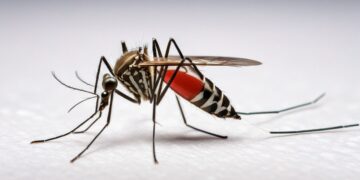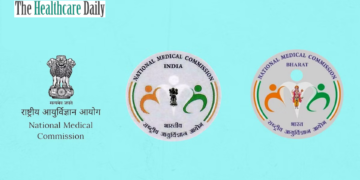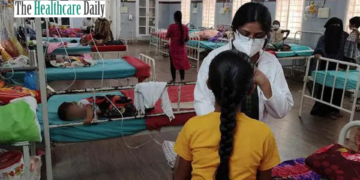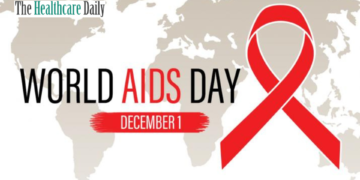Almost all cervical cancer cases (99%) are linked to infection with high-risk human papillomaviruses (HPV), an extremely common virus transmitted through sexual contact. Mostly the infections through these viruses are self-resolving but they can also lead to cervical cancer if remain persistent. In this post, we are going to have a look at how cervical cancer is increasing day by day in Asian countries,
Cervical cancer is one of the most common female cancers in Asia and the leading cause of cancer-related deaths in low- and middle-income countries. Globally, there were 885,193 new cases and 311,365 deaths from cervical cancer in 2018. In Asia, there were 315,346 new cases and 168,411 deaths. Cervical cancer is the 3rd most common type of cancer in women in Asia and is the leading cause of female cancer deaths in most developing countries.

The increased incidence of cases of cervical cancer could be due to aging and growing populations, lifestyle, and socioeconomic changes. Striking varieties in ethnicity, sociocultural practices, human development index, diurnal habits, and diet patterns are reflected in the burden and pattern of various types of cancers in several regions. The current and arising disease examples and burden in various areas of Asia call for political acknowledgment of cancer as a significant general medical condition and for adjusted investments in public and professional awareness.
Health services of cancer patients involve government policies and integrated infrastructure and frameworks for awareness, creation, early diagnosis, prevention, staging, , treatment, follow-up care, palliative care and normal reviewing of wellbeing by means of monitoring and assessment. A lot of countries in Asia have been trying to prevent cervical cancer for quite some time, using several different methods. One method is early screening, which aims to detect precancerous changes that, if not treated, may lead to cervical cancer. Cytology (conventional or liquid-based) is the most popular and commonly used test that has been shown to drastically reduce incidence of cervical cancer and cancer-related deaths across the globe. Visual inspection of the cervix with acetic acid (VIA) and visual inspection of the cervix with Lugol’s iodine (VILI) has shown promising results regarding the diagnostic tests but still there are insufficient evidences to prove the same.

India contributes one-third of the cervical cancer burden in Asia, with 96,922 new cases and 60,078 deaths in 2018. Implementation of an organized screening program is essential, but in a resource-constrained diverse setting, as in India, is challenging. Although the National Cancer Control Program, which provided the country with cytology-based screening, was launched in 1975, its inclusion was poor and restricted to tertiary centers and the private area. After the feasibility and efficacy of VIA were established by several large randomized controlled trials, a VIA-based national program was proposed in 2006 for women aged 30‒59 years.
The program was thought to be revolutionary in cancer diagnosis but its implementation still raises questions about the working of the government. Only 50% of the target population received VIA screening in the state of Tamil Nadu where it was implemented first. Cervical cancer screening to all the women in India remains a humongous task. According to the National Family Health Survey (NFHS-4), only 22.3% of eligible women received cervical cancer screening during 2015–2016. The Ministry of Health and Family Welfare launched a mobile technology platform for cervical cancer screening in the year 2016. This was widely accepted across various districts in April 2018, with approximately 12,000 healthcare providers being trained across 24 states.
The COVID-19 pandemic has disturbed conveyance of cancer care services, including palliative care, said Dr Poonam Khetrapal Singh, regional director, WHO South-East Asia Region (WHO-SEAR). The Regional Director said there is need to reinforce public cervical disease control plans, including proper procedures and rules for vaccination, screening, treatment and care, including palliative care of cervical cancer.
Also Checkout: Is Fever worth depriving your sleep?






















